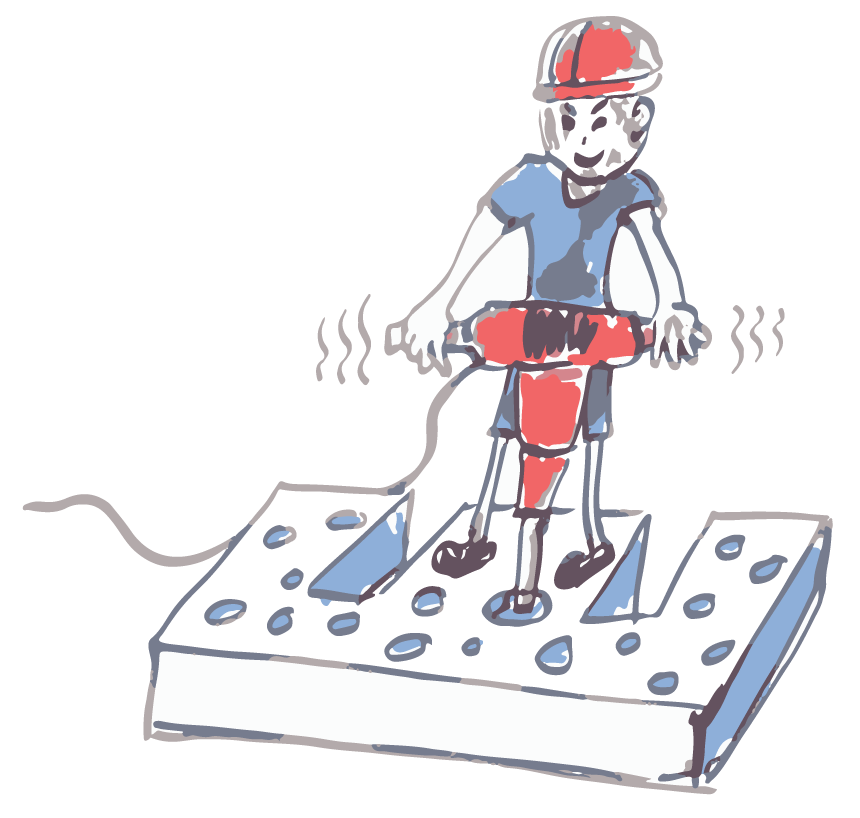Design is inextricably linked to design thinking. A solution often takes on a physical form. A specific shape, nice scent or fun color. Even the sound of a car door slamming has been designed. On this page an introduction to the wonderful world of design.
Devoted to products
Patrick W. Jordan advises as a design psychologist for the major brands that make consumer objects (televisions, telephones, bicycles, perfumes). According to Patrick, people will become attached to your product when it gives pleasure on four different levels: physical (it feels good or smells good), social (I have an iPhone and I belong), psychological (the scent of this eau de toilette gives me self-confidence) and ideologically (with this vegetarian Butcher from the Vegetarian Butcher I contribute to the preservation of Mother Earth).
Another classification comes from his colleague Don Norman. According to him, it takes three things to make us fall in love with a product. It should touch us intuitively (‘no idea why, but it does something to me’), it should be self-evident to use (think of a child on a tablet) and it should make us feel good about ourselves. The latter is especially important. a product builds and confirms our desired identity. Then it is suddenly hip to walk with a DIRK bag, because it shows that you are not worried about what others think of you.
Form follows function
The heading of this paragraph says a lot. ‘ Form follows function ‘ was the motto in the design world for many years. Above all, something has a function, the appearance molds you around it. But this does not do the world – and especially the user experience – justice. The user not only wants a product, but wants to feel connected to that product. Steve Jobs got this. Jobs’ first iPhone had to be buttonless. The shape was paramount, even if this lead to complex functional challenges. It was only after production that it turned out that the Pphone spontaneously rang if you held it to your ear. The ear was seen as fingers. And so an algorithm was devised that can distinguish the ear from fingers.
Better than ‘Form follows function’ or ‘Function follows form’, you choose the best solution for the user’s real problem (of which he is often not even aware).
An idea is only an idea
The Ecofont proves that good design does not equal success. In 2009 this Dutch idea from LSD coach Gerjon Zomer conquered the world. A smart font with holes to save ink. The free font is downloaded millions of times, the Ecofont receives attention in the NYT and Oprah magazine, and a Brazilian newspaper is printed in the font. The font is being developed incrementally into a business solution in response to more than a thousand quotation requests. Nevertheless, the Ecofont does not fully live up to the high expectations.
All in all, the Ecofont adventure is above all a particularly educational time. It proves the thesis of industrial designer Marc Platschorre: ‘ A good idea is only 1 percent of the success ‘.

